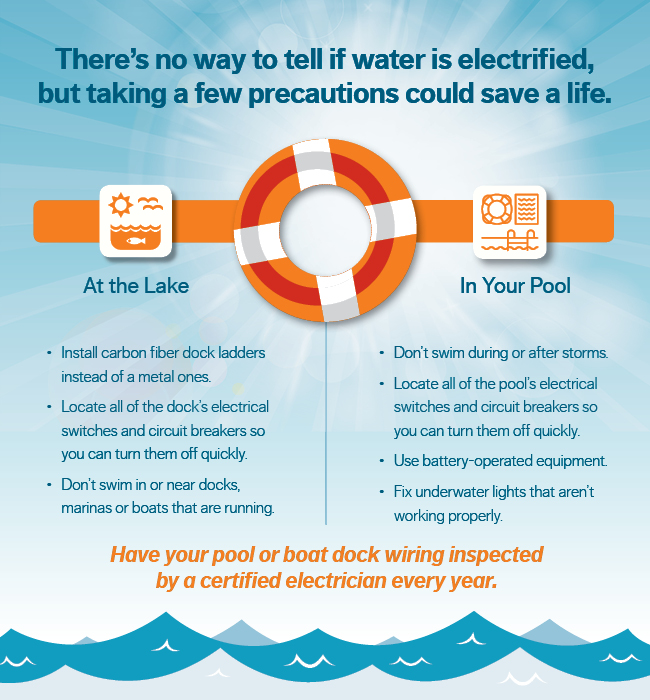Under revised guidelines from the American College of Cardiology, opens new tab and the American Heart Association, nearly 50% of U.S. adults now have Stage 1 high blood pressure. The new number at which doctors may start treating high blood pressure is 130/80 mmHg. It’s a big change from the previously acceptable 140/90 mmHg.
“The change was made to increase awareness that even a small increase in blood pressure can raise one’s chance of disability or death in the long run,” Cardiologist Rajya L. Malay, MD, with Meritas Health Cardiology, said. “Think about it this way: After smoking, high blood pressure is likely the most influential in terms of long-term effects on multiple organ systems.”

What to Do
Small lifestyle changes can help lower blood pressure to the recommended numbers of less than 120/80 mmHg. “Simply lowering your sodium intake can make a significant impact on your blood pressure reading,” Dr. Malay said. “Sometimes, that’s the only treatment needed.”
Other changes, such as losing weight, quitting smoking, addressing sleep apnea, exercising regularly and eating a heart healthy diet can lower systolic blood pressure (the top number) by as much as 10 points.
Get a free blood pressure check at a Meritas Health Express clinic.
What to Ask
“When you visit your doctor, ask about your cardiovascular risk,” Dr. Malay advised. “It’s important to know because your risk level determines how soon you should be treated with blood pressure medication. People who are at
a higher risk of cardiovascular disease because of diabetes, family history or a smoking habit may need blood pressure medication sooner than others.”
Related Articles

March 9, 2020
3 Sneaky IBS Triggers
For people with irritable bowel syndrome, spring may spark a flare-up in symptoms

June 5, 2024
5 Consejos Sobre Nutricion para un Estilo de Vida Mas Saludable
Una alimentación saludable y una nutrición adecuada desempeñan un parte importante a la hora de mantener una buena salud. Aquí le mostramos cómo mejorar sus hábitos nutricionales.

May 31, 2024
5 Nutrition Tips for a Healthier Lifestyle
Healthy eating and proper nutrition play a big part in maintaining good health. Here's how to improve your nutrition habits.


